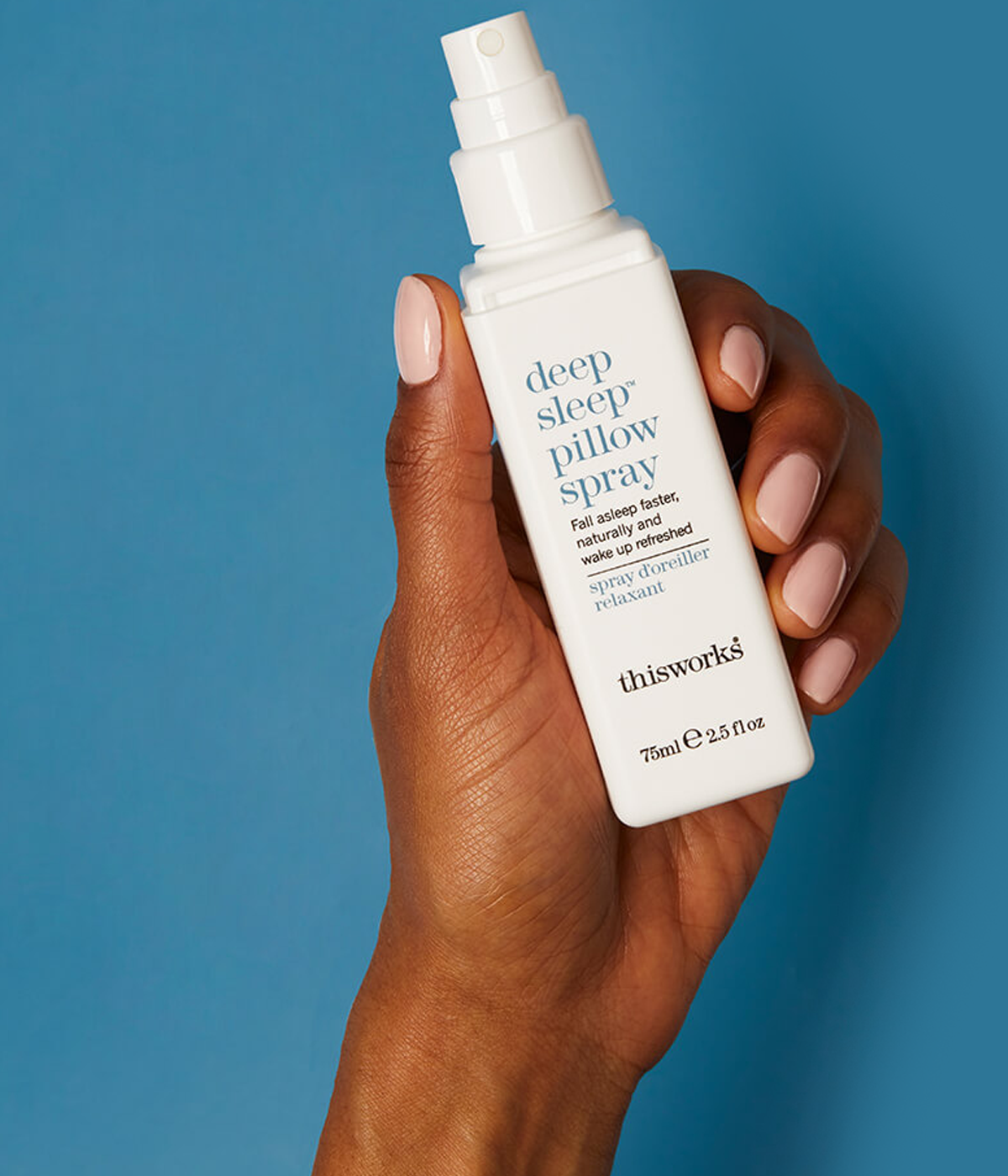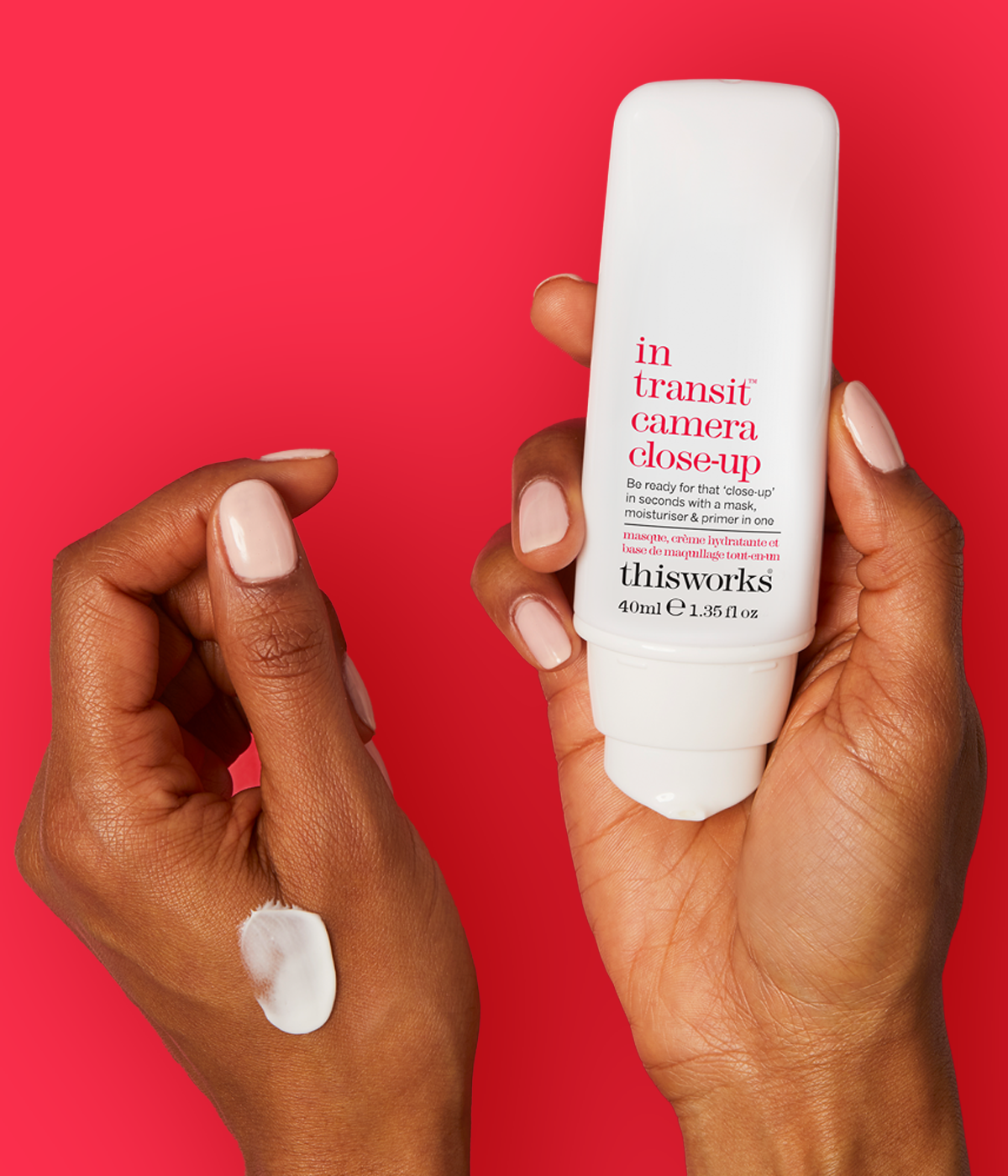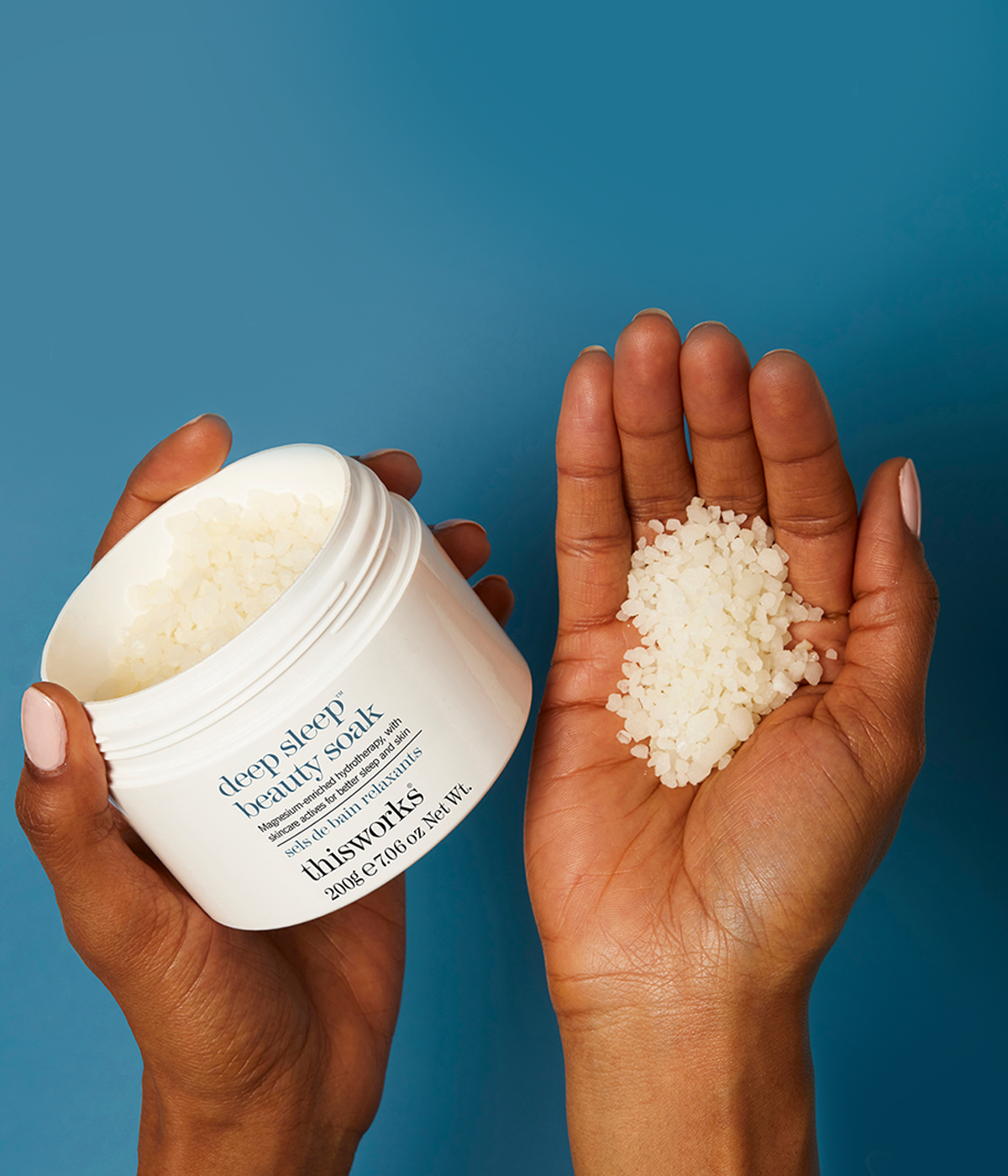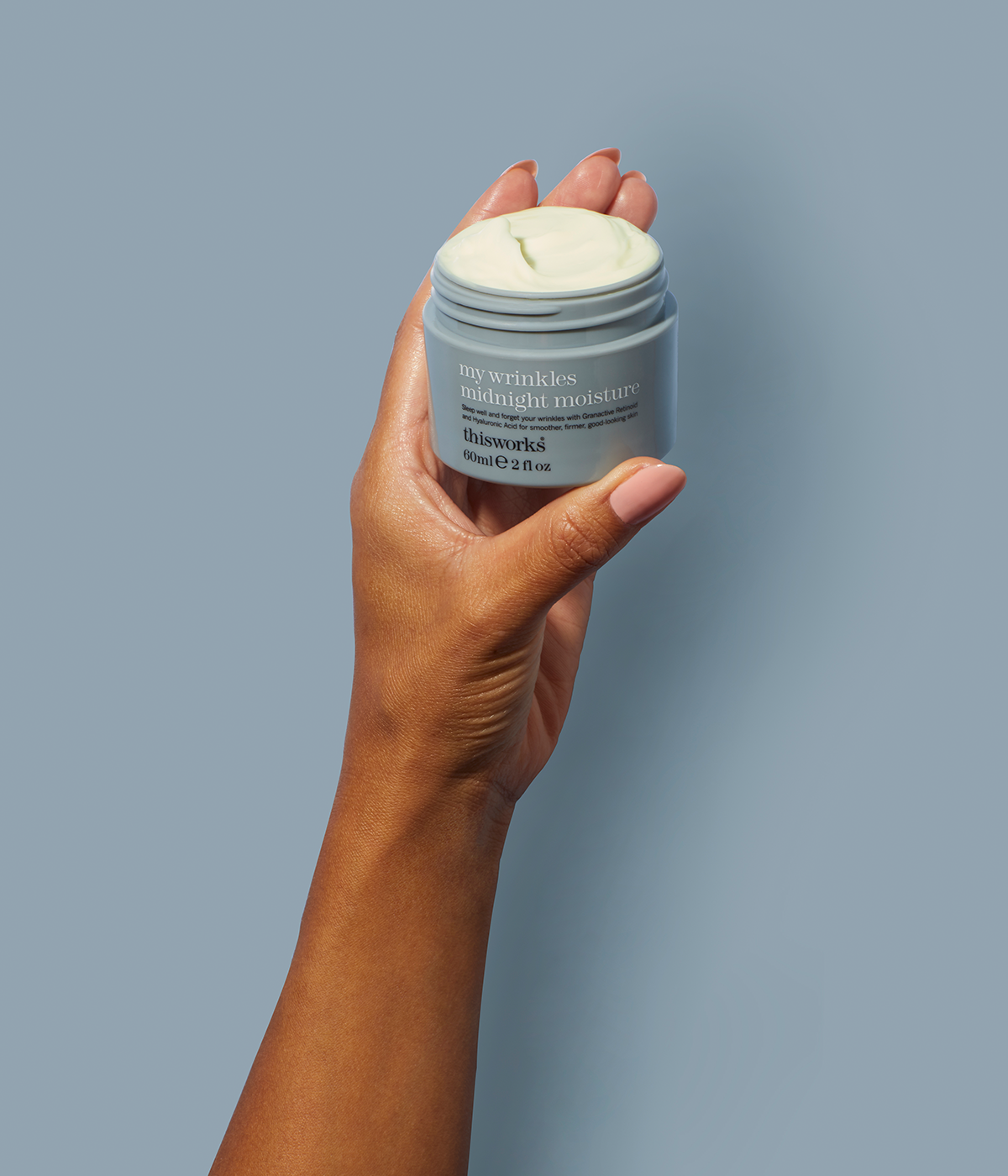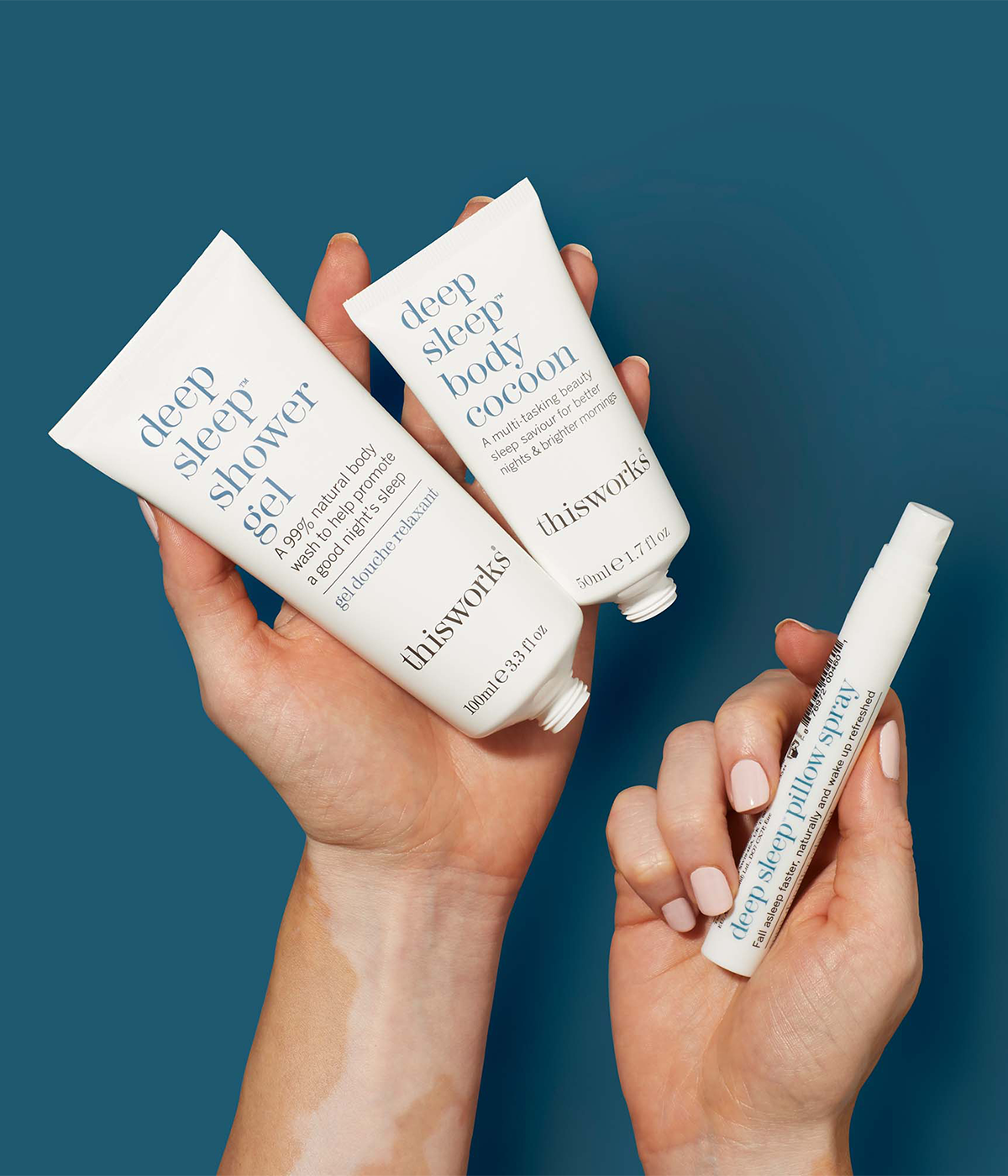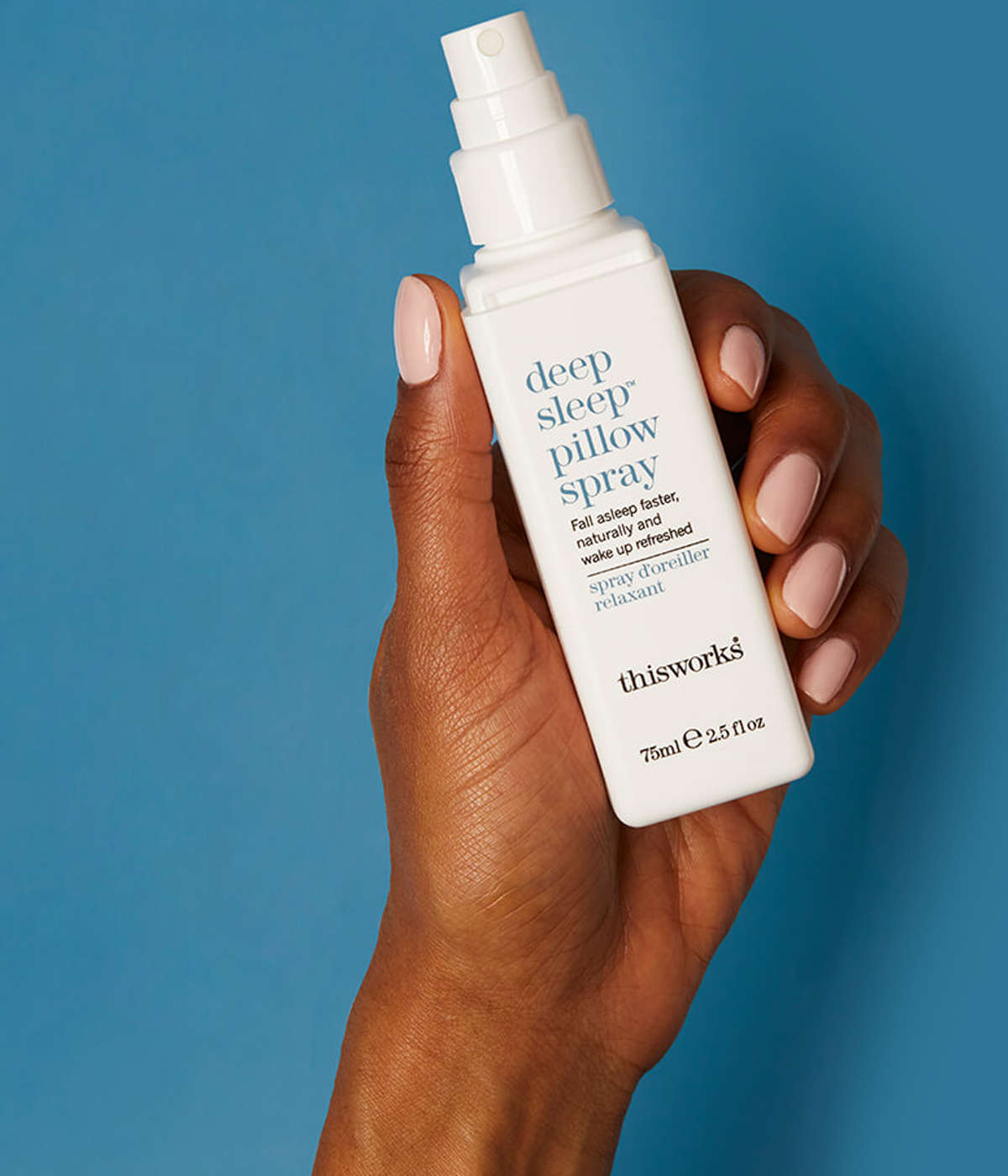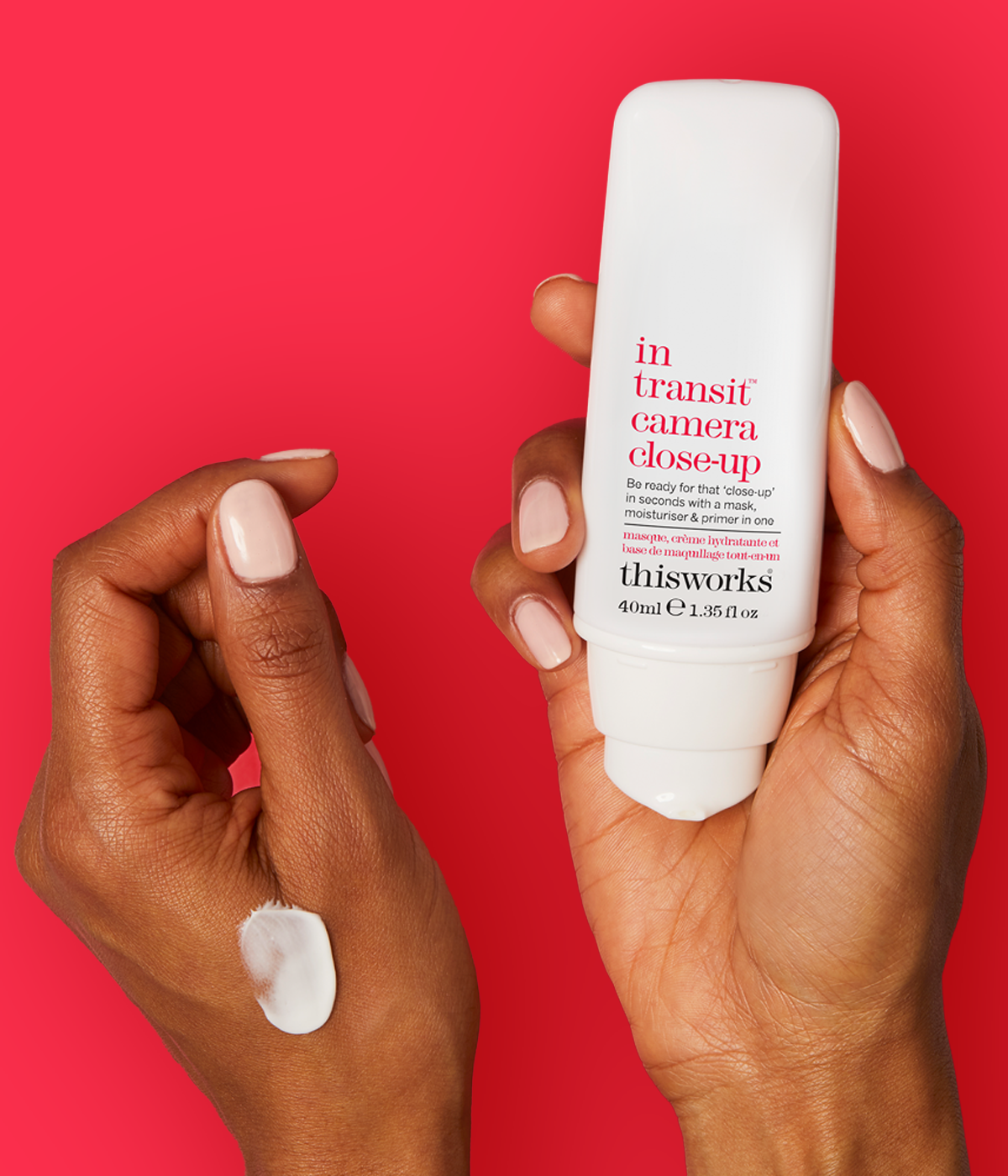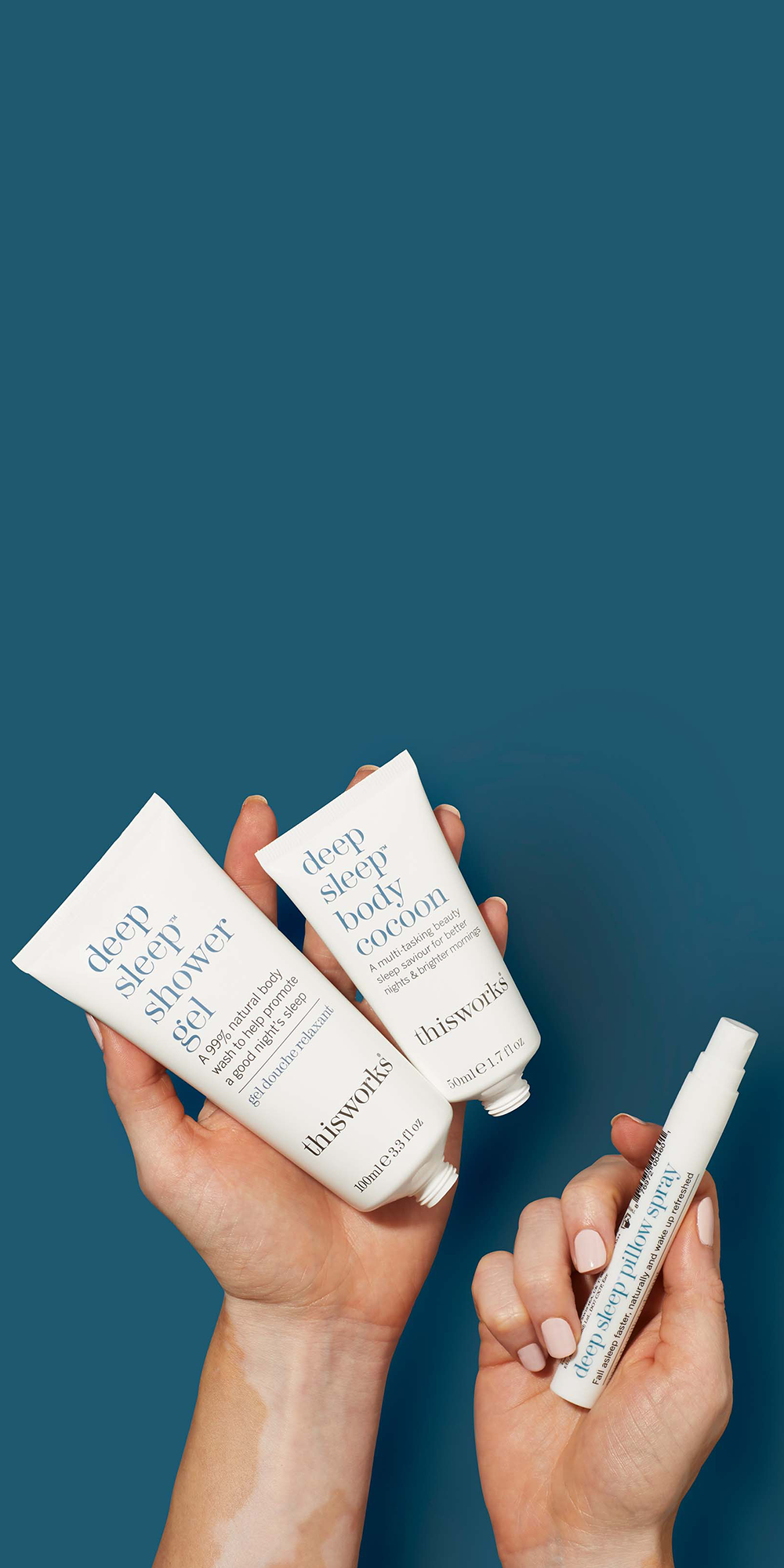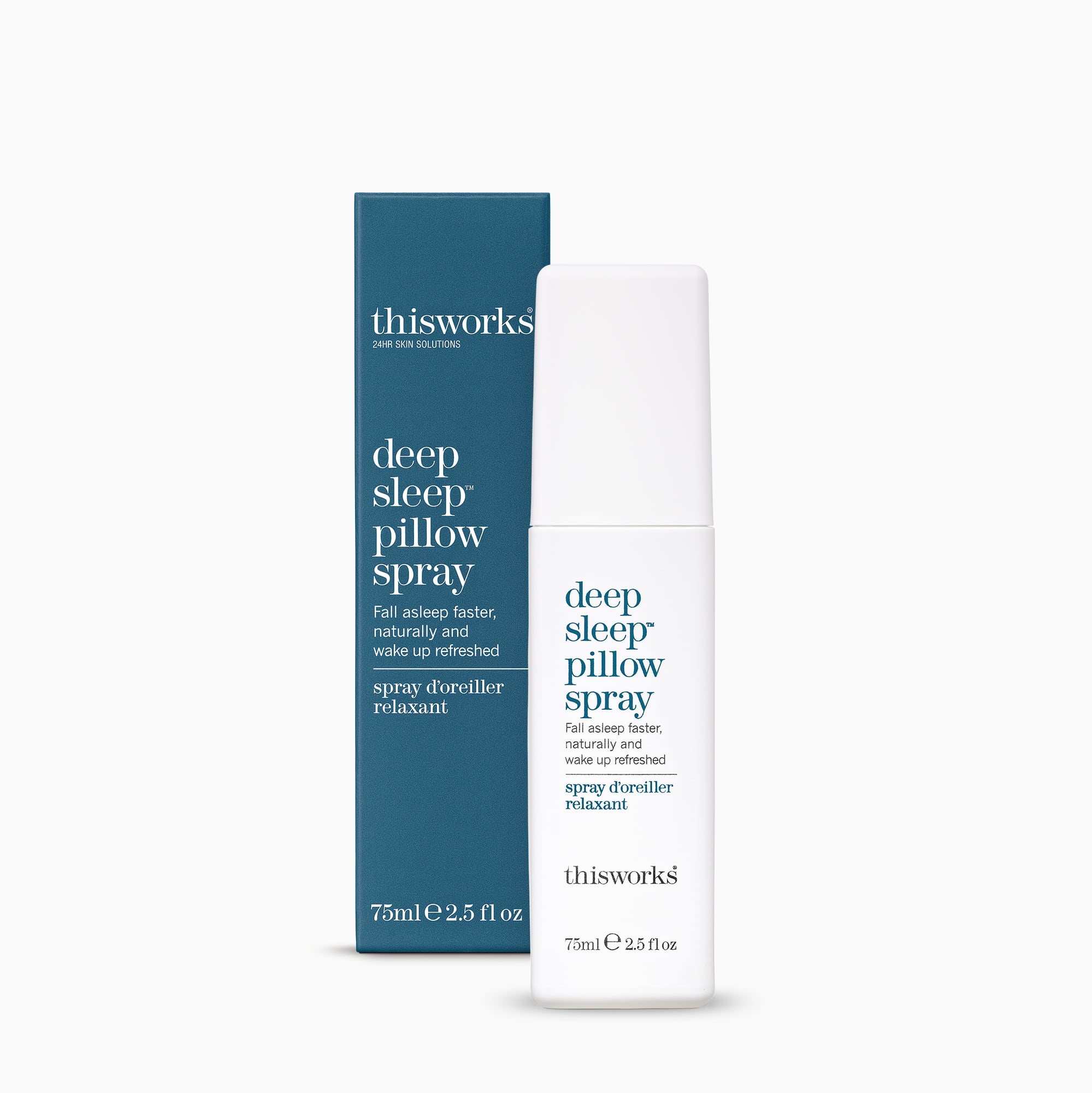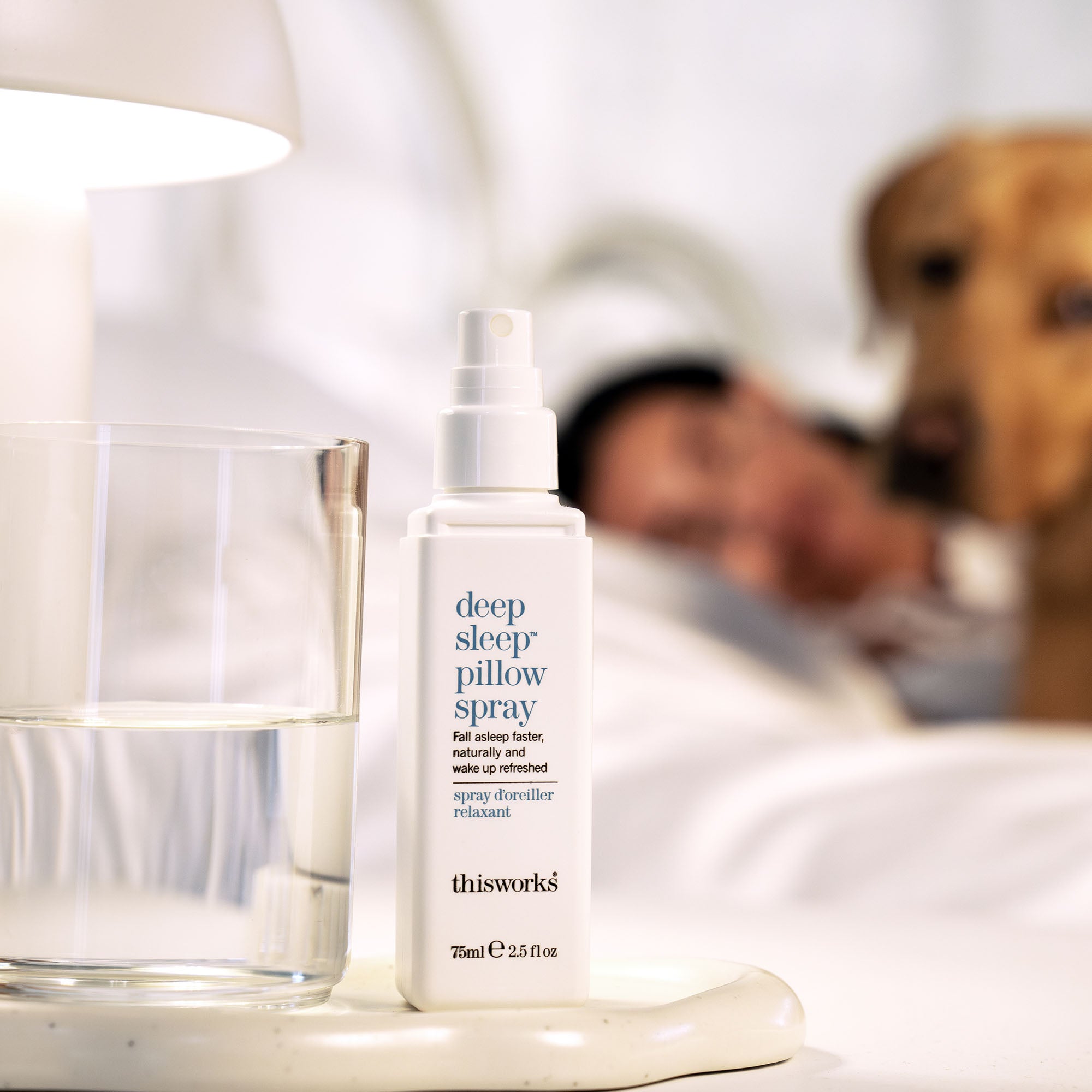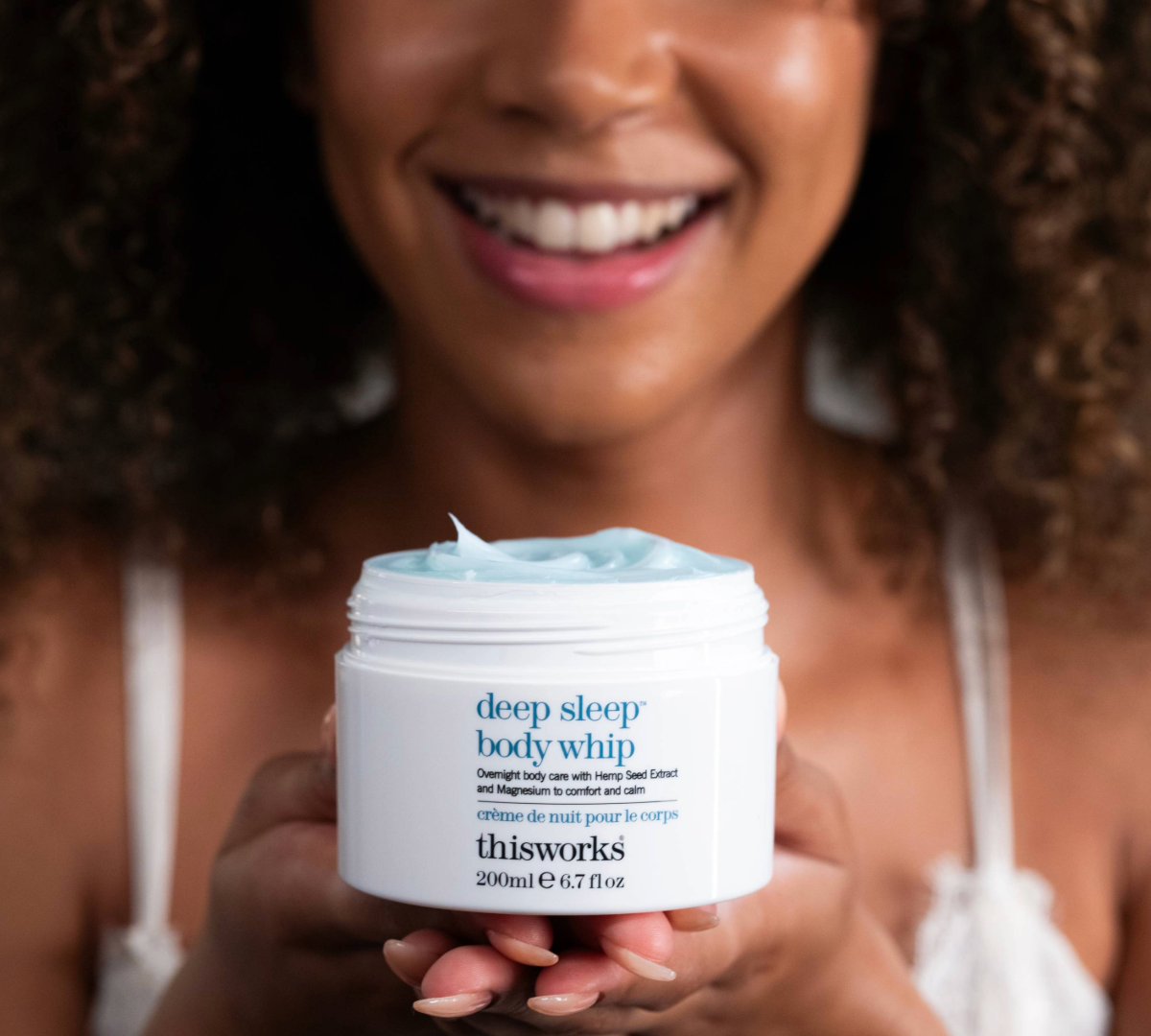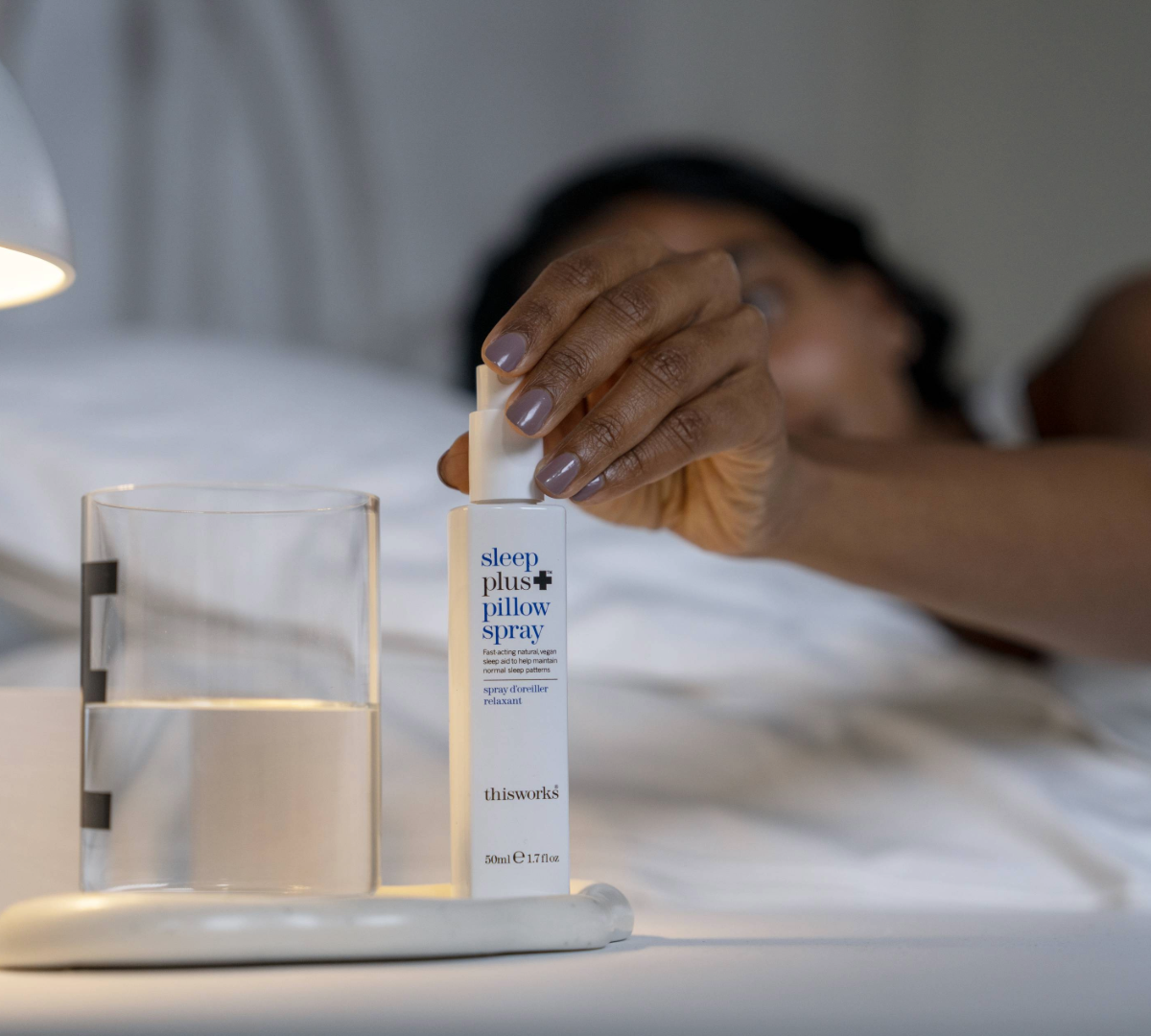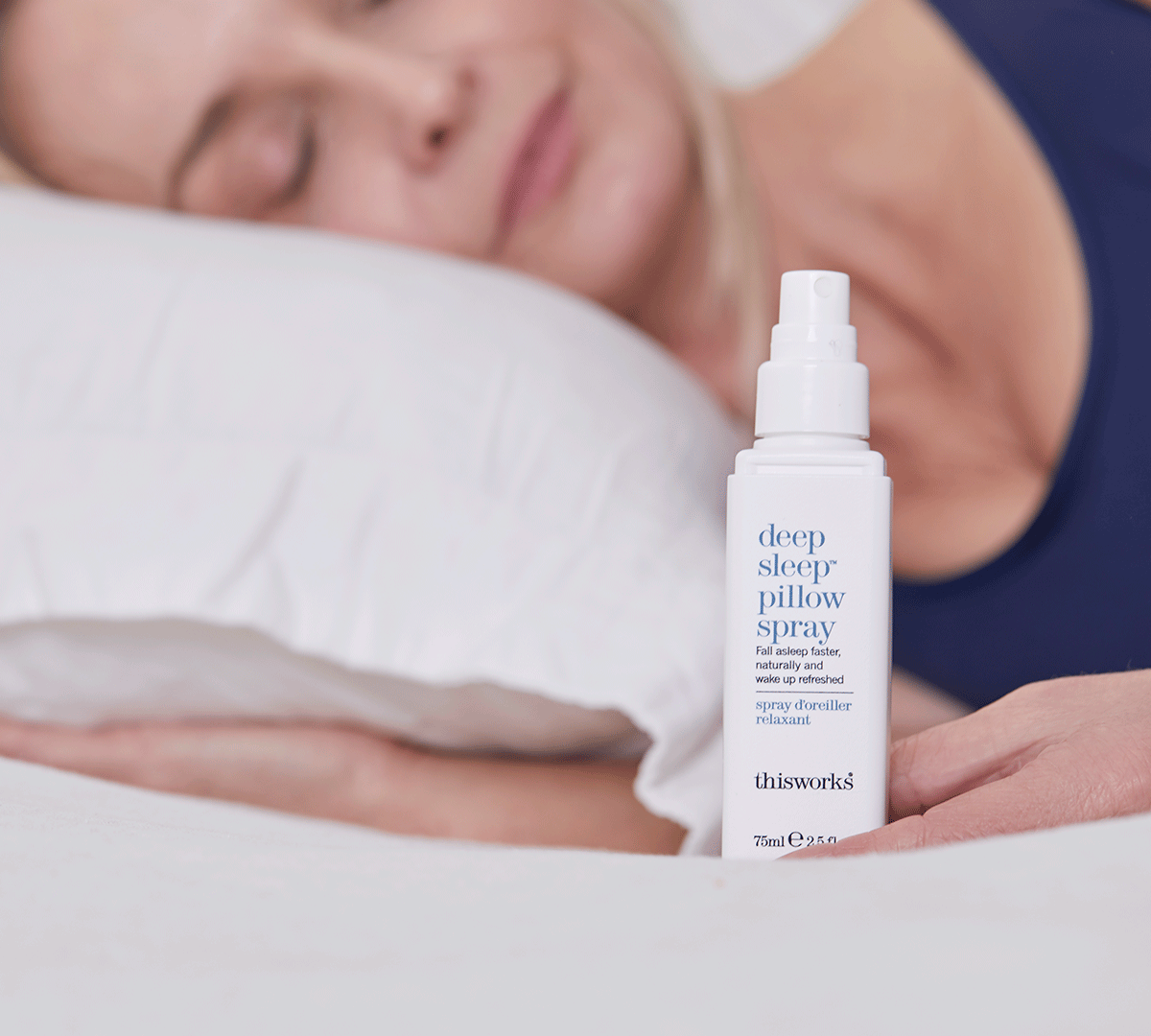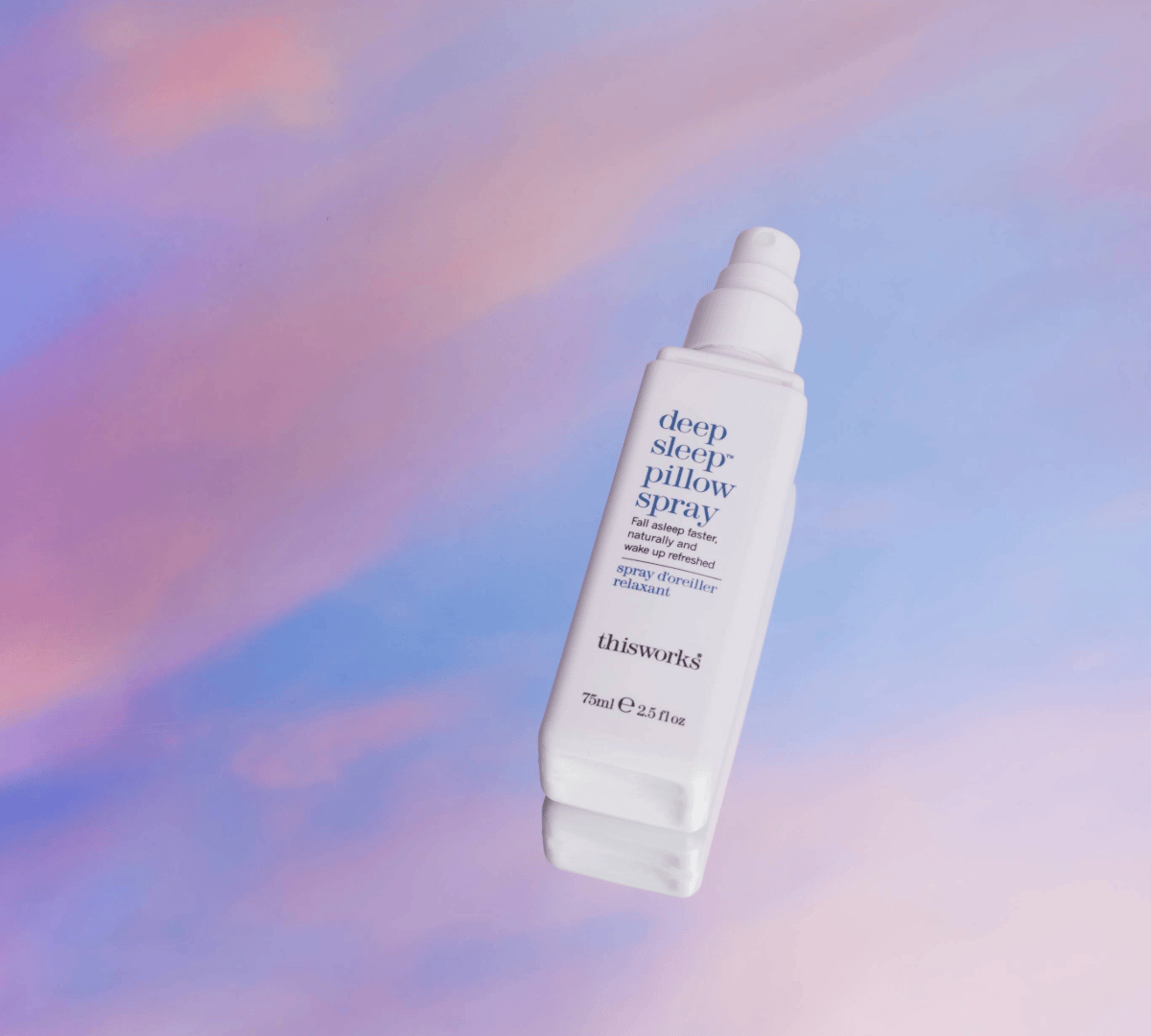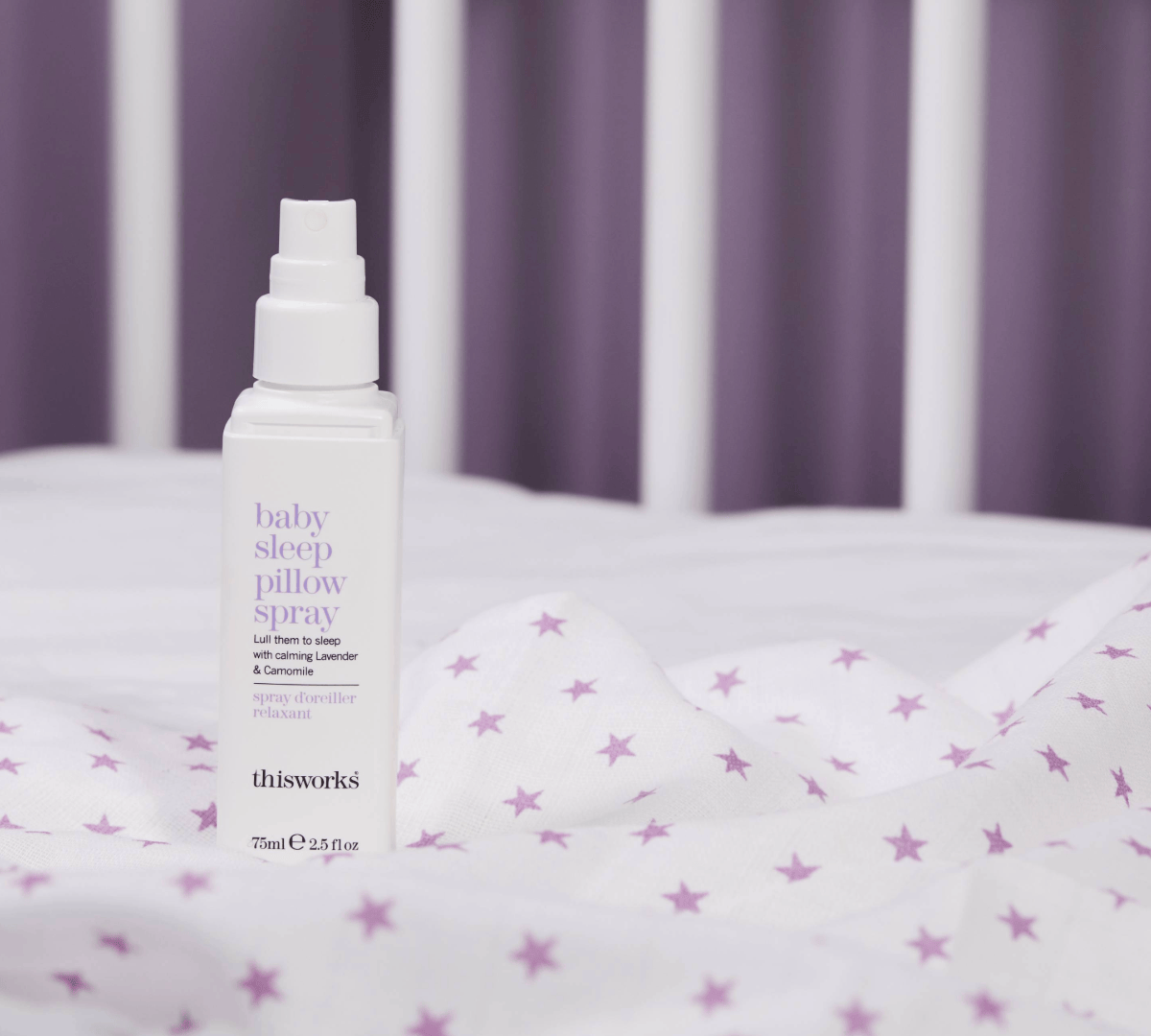The type of light we view, and the time of day we are exposed to it, have tremendous effects on our sleep. Getting outside in sunlight for just 10-30 minutes every day (as soon after waking as possible) is not only an uplifting way to start your day, but it triggers the release of dopamine and encourages cortisol levels to peak early in the day. Thought cortisol was related to stress? It is, but it also signals to the body that it is time to wake up, helps boost the immune system and increases our ability to focus, setting us up for whatever the day has in store.
Some tips on morning light exposure:
For maximum effectiveness, do not wear sunglasses when getting your morning light, but protect the eyes by not staring directly at the sun; eyeglasses and contacts are fine.
The amount of time needed outside depends on the weather; on a clear day, 10 minutes is enough, but closer to 30 minutes is best for cloudy or rainy days.
Terman, J. S., Terman, M., Lo, E. S., & Cooper, T. B. (2001). Circadian time of morning light administration and therapeutic response in winter depression. Archives of General Psychiatry, 58(1).
Okamoto, Y., Rea, M. S., & Figueiro, M. G. (2014). Temporal dynamics of EEG activity during short- and long-wavelength light exposures in the early morning. BMC Research Notes, 7(1).
The duration of light exposure in the morning and early‐afternoon affects adaptation to night work. (2019). Journal of Sleep Research, 28(S1).
